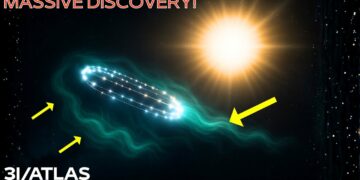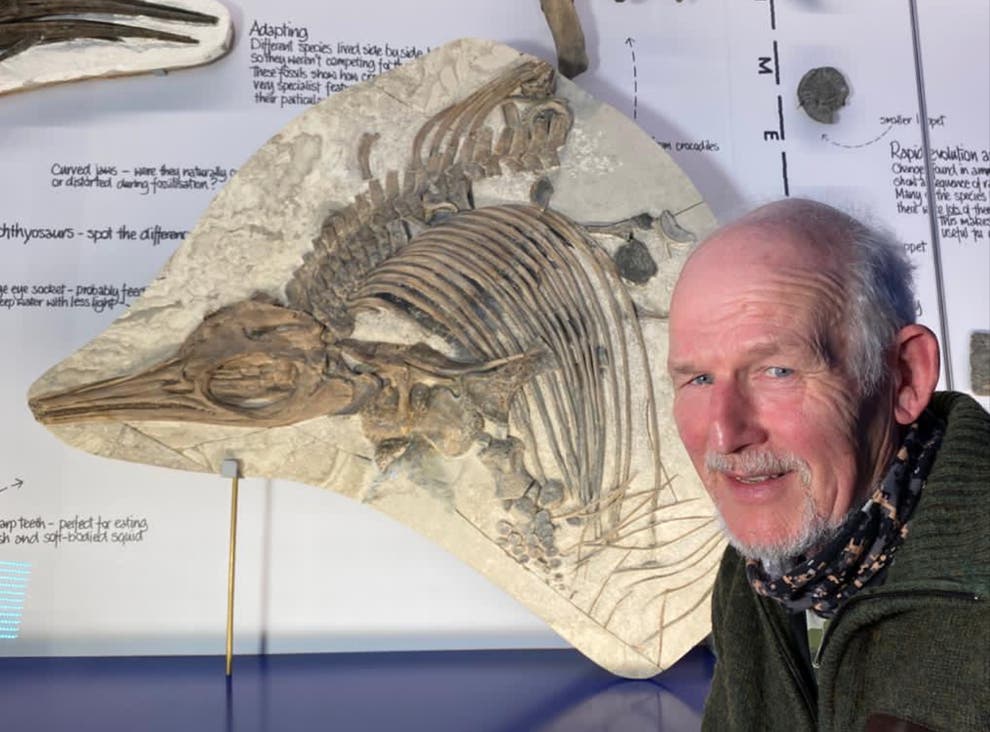In 1977, Voyager 1, a compact machine equipped with eight-track tapes, a nuclear battery, and a golden record, was launched to explore Jupiter and Saturn before drifting into interstellar space. Designed for a five-year mission, it has defied expectations, operating for 46 years and venturing beyond the solar system. Now, at the edge of the sun’s influence, Voyager 1 has encountered something inexplicable: a massive wall of heat, rising pressure, and a persistent low-frequency hum that challenges our understanding of the universe.
Using a rare planetary alignment, Voyager 1 harnessed gravity assists to travel past Saturn, the Kuiper Belt, and into the heliopause—the boundary between the sun’s magnetic field and interstellar space—in 2012, becoming the first human-made object to enter this realm. Powered by a fading radioisotope thermoelectric generator, it continues to transmit data despite having only a few active instruments, measuring magnetic fields and charged particles.
Upon crossing the heliopause, Voyager 1 detected a steady 3-hertz hum, unlike typical plasma noise. This signal, stable and rhythmic, appeared localized, as if emanating from a specific direction. Over time, its frequency shifted in correlation with distant solar activity, suggesting a structured plasma vibration that might reveal the universe’s deeper layout. Scientists describe it as the “heartbeat of the universe,” a pattern far more organized than expected.
More startling was the discovery of a “wall of fire” at the heliopause, where temperatures reached 30,000 to 50,000°C—hotter than the sun’s surface. This intense heat and pressure, caused by the collision of solar and interstellar winds or possibly unknown forces, defied predictions. Remarkably, Voyager 1 passed through this zone unscathed, likely due to low particle density, but its instruments recorded anomalies: unexpectedly high pressure, erratic cosmic ray behavior, and fluctuating particle densities, as if the spacecraft were moving through a dynamic, fluid-like medium rather than a vacuum.
Comparisons with Voyager 2, which crossed the heliopause in 2018 at a different distance, revealed further mysteries. The heliopause is not a uniform boundary but a fluctuating, wrinkled membrane shaped by solar cycles, galactic conditions, and possibly unknown gravitational forces. Voyager 1’s data suggests the heliosphere is oval and warped, not spherical, reacting to cosmic turbulence in ways that challenge existing models.
The interstellar medium, once thought cold and inert, exerts higher-than-expected pressure on Voyager 1, with particle flows showing subtle directional changes. These could stem from supernova remnants, dark matter interactions, or unseen energy waves, pulsing irregularly as if the spacecraft were navigating pockets of denser energy. This suggests the universe is a dynamic network of energy, with Voyager 1 passing through a critical node.
Attached to Voyager 1 is the Golden Record, a copper disc with music, Earth sounds, greetings in dozens of languages, and our planet’s location—a message for potential extraterrestrial finders. As Voyager detects structured resonances and unexplained phenomena, some scientists question whether this record has attracted attention. If something is responding, the record’s inclusion of Earth’s coordinates could make it more than a gesture—it could be a beacon.
With its plutonium-238 power source dwindling below 200 watts, Voyager 1’s instruments are shutting down, yet NASA engineers tirelessly optimize its systems, hoping to extend its mission to 2030. Each year is a miracle for this aging spacecraft, a witness to the unknown. Voyager 1 has revealed a heliopause that “breathes,” temperatures that defy logic, and a hum that echoes like a cosmic voice, suggesting a universe alive with patterns and mysteries. Far from drifting in emptiness, Voyager 1 is illuminating a frontier that challenges everything we thought we knew.























